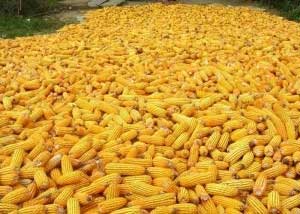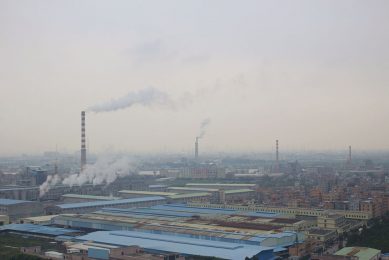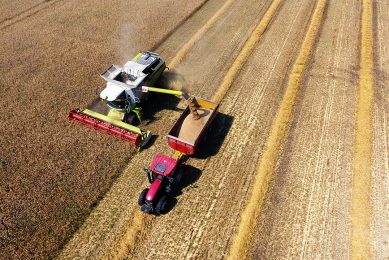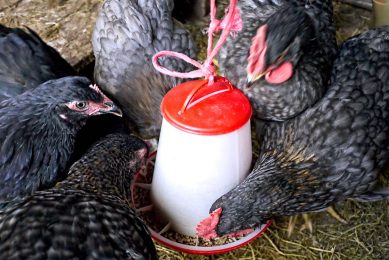China to limit corn use in non-animal-feed projects

In an effort to secure grain supplies for livestock farmers China is taking steps to limit the use of gain and edible oils as raw materials in non-animal-feed projects, according to China’s top economic planner, the National Development & Reform Commission (NDRC).
Corn is used to make non-feed products ranging from ethanol to starch and sweeteners, which consume about one-third of China’s corn output. This consumption diverts supply from animal feed millers in the world’s most populous country, raising the prospect of corn shortages, as consumption is expected to grow much faster than output.
Within the new guidelines processors will be barred from buying more corn than their consumption level in 2009 and the government will increase value-added taxes on corn-based products.
The government has also ordered banks to stop lending to corn purchasers, and it has cancelled tax breaks for corn processors to limit their expansion. And have place a limit on corn starch projects with processing capacity of less than 300,000 metric tons a year, and eliminate those projects with annual capacity of less than 100,000 tons.
The NDRC said China will also limit soybean-crushing projects outside of major producing areas, which include the northeastern provinces of Heilongjiang and Jilin and the Inner Mongolia Autonomous Region.
Large industrial processors had anticipated the tightening moves and stockpiled more supplies, said Wang Chen, Beijing-based director of research at the country’s second-biggest agricultural futures brokerage. As of April 5, companies and traders bought 74 million metric tons of corn in major producing-regions, more than twice the amount at the same time last year, according to data from the State Administration of Grain.











